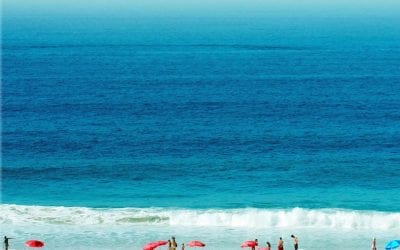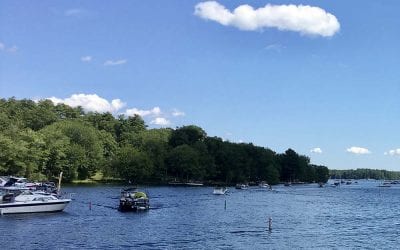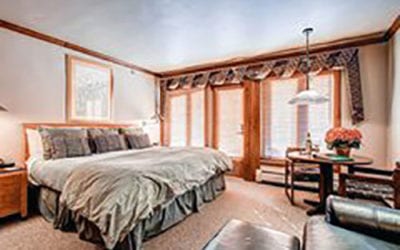If Sydney’s heart is its expansive harbor, then its soul can be found in its lush parks and fascinating museums. Best of all, exploring both is affordable – even, at times, free.
Ferries are perhaps Sydney’s best almost freebie. A Green Travel Pass,
one-week, relatively unlimited ferry, bus and train travel that allows ferry travel out to Manly costs A$41 or about US$34. The Red Travel Pass costs only A$33 or about US$27, but doesn’t include trips to Manly and other outlying areas. (Updated May 2007. For the $7 difference get the green pass rather than the red one.)
Ferries are an ideal way to explore Sydney’s harbor. You can crisscross the water at will and get off at numerous stops to explore small neighborhoods or national parks and beaches. When the sun is shining, it is hard to beat a ferry ride.
Sydney is also filled with free museums and historical sites. Head to the Botanic Gardens and walk through the rose gardens, sit in Mrs. Macquaries Chair and see the prehistoric Wollemi Pine.
Make sure to visit the Art Gallery of New South Wales to take a look into the soul of Australia. Aboriginal and Islander art is featured as well as other oils, prints, sculptures and photographs by Australian artists.
St. Mary’s Crypt, beneath the first Catholic Church in Australia, in the center of town has a Celtic-inspired mosaic floor that took over 15 years to complete.
The Sydney Observatory with its distinctive dome, is filled with astronomy instruments and features games as well. There are still night star viewings that can be booked in advance. This is one of the most important southern hemisphere observation points where much of the southern stars have been mapped.
Victoria Barracks is the best-preserved collection of late Georgian architecture in the city. Some claim it may be the best example of military barracks in the world. The walled barracks also have an excellent military museum.
After (or before) you have your fill of culture and architecture, head to one of Sydney’s collection of colorful markets. There is no admission and the display of crafts, everyday items and knick-knacks is joyful.
The Sydney Fish Market opens early everyday for auctions of the daily catch starting at 5:30 a.m. The auctions are fascinating and the market itself is a maze of fish mongers selling what some describe as the most eclectic collection of fish in the world and restaurants serving everything from the freshest of sushi to fish and chips.
The Rocks Market, set under a giant canopy, on the weekend transforms George Street into a sea of antiques, toys, crafts, jewelry, crystal and books.
The Bondi Market near Bondi Junction is open on Sunday from 9 a.m. with stalls selling everything from clothing to local artwork.
The Paddington Market, open all day on Saturday, is the trendiest market in town with some of the latest fashions being sold by designers hoping to be discovered and stalls selling secondhand clothes. There is plenty of jewelry, pottery and art as well.
Paddy’s Market at Haymarket, near Chinatown, is a collection of stalls that used to cater to the city’s poor population. You’d never guess it now. The place, open Thursday through Sunday, bustles with tourists and local bargain hunters. Upscale boutiques, vegetable and flower stands, hardware stalls and a cinema complex now share the space.
Glebe Market just about a 10-minute walk from Central Station is the city’s top junk market. If you have been searching for a pair of felt court jester shoes, boxes of colorful beads, wind chimes made from forks and spoons or the occasional used lava lamp, this is the place to head on Saturday from 9 a.m. to 5 p.m
Naturally, this is only a small listing of almost-free stuff in Sydney. Discovering the feel of Sydney and exploring its history can be a low-cost and freeform expedition rather than an expensive, scripted organized tour.

Charlie Leocha is the President of Travelers United. He has been working in Washington, DC, for the past 14 years with Congress, the Department of Transportation, and industry stakeholders on travel issues. He was the first consumer representative to the Advisory Committee for Aviation Consumer Protections appointed by the Secretary of Transportation from 2012 through 2018.



